
Review on 🖨️ Efficient Arkscan 2054A Ethernet Network Shipping Label Printer: Supports Windows, Mac, Chromebook | Perfect for Amazon, eBay, PayPal, Etsy, Shopify, ShipStation, Stamps.com, UPS, USPS, FedEx | Convenient Roll & Fanfold 4x6 Direct Thermal Label Printing by Anthony Parker

Your Best Choice for 4x6 Thermal Printer
Out of all the products currently on the market, I think this is the best choice if you are working from home or office. Let's start at the top first. The top of the stack is zebra. One of their equivalents will cost you around $700, so the Arkscan is a lot cheaper. But you don't really need a Zebra unless you have an IT department setting it up for you. Zebras were never intended for the non-commercial environment, although you can easily buy them at retail stores. And for your $700 you're getting something solid, but from around the same year as Windows 98. And yes, I mean a brand new device, not something old you can buy. The design of the firmware corresponds exactly to this vintage. Crimeney, can be configured with a parallel port. parallel port?! You must be over 50 to even see these beasts. So, for your SOHO, I don't recommend Zebra. I ruled out Dymo as they are rubbish and their 4" wide model needs a special label instead of a regular one. Rollo is advertised like crazy but it's another flimsy design with terrible ergonomics. Also, Brother or Epson doesn't have anything like Arkscan can beat. The Arkscan isn't as heavy as the Zebra, but it doesn't fall far behind. And it works very similar mechanically. I think it's a nice, very appealing product design. What are the downsides? Well, its printer monitor will show you constantly telling you that you're out of ink. Out of ink?! The device isn't using any ink! Also the documentation is very poor but the support is good so it makes up for it. For some of you the lack of a hi-res version may seem like a... As a limitation, Arkscan has a resolution of 203 dpi, like most thermal printers on the market, but Zebra and some other brands also have more expensive 300 dpi options, eh ren Arkscan does not do this. I personally don't think it matters much since most printers are actually 203 dpi. If you're installing the Ethernet version on a Mac like I did, the procedure isn't entirely obvious. First you need to plug it in and connect it to Ethernet. Then download the .pkg installer and install the driver software. Make sure you write down the IP address that DHCP assigns to it. The manufacturer tells you that you can't just leave it as it is because it must have a static address. So now go to http:// (your local address). This will bring up the printer setup menu. Now you need to make the address "static" and give it an address. It's best not to use the same as above as most routers like to use low numbers for static and high numbers for dynamic. The printer will restart. Now you need to run the .pkg installer package AGAIN (yes, it's definitely counterintuitive). This allows you to constantly detect a new static IP address. Finally go to http:// (new static address) and make sure everything works.
- This is Amazing
- Some Errors
New products
Comments (0)
Top products in 🏷️ Label Printers
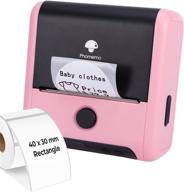
📠 Phomemo M200 Label Maker for Small Business - 80mm Thermal Printer Compatible with iOS & Android, Portable Label Maker with Tape, Address Labels, Retail, Images - Pink

9 Review

🖨️ Rongta Barcode Printer for Sticky Notes, Labels, and QR Codes - High Speed 180mm/s, Windows & MAC Compatible - Ideal for Ebay, FedEx, UPS, Shopify, Etsy

9 Review
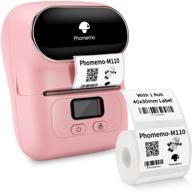
📠 Phomemo-M110S Bluetooth Thermal Label Maker - Mini Portable Labeling Machine for Business, Barcode, Crafts, Retail, Organization - Pink, Compatible with Android & iOS

9 Review
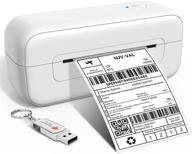
Phomemo 4x6 Thermal Label Printer for Shipping & Commercial Direct Desktop Label Printing, Compatible with Amazon, Ebay, Shopify, Etsy, UPS, USPS, FedEx, DHL

9 Review
Another interesting products
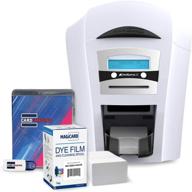
🖨️ The Ultimate ID Card Printing Solution: Magicard Enduro 3e Single-Sided Printer Bundle with Supplies & Card Imaging Software

10 Review
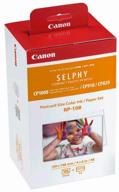
Canon RP-108 Cartridge Set, 8568B001, Multicolor

3 Review
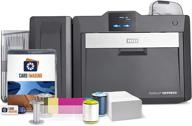
🖨️ Fargo HDP6600 Dual Sided 600 DPI ID Card Printer & Supplies Bundle: Unveiling High-Quality Card Printing with Advanced Imaging Software 94640

5 Review
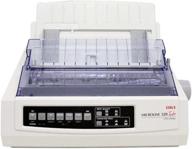
🖨️ OKI MICROLINE 320 Turbo Mono Dot Matrix Printer: Dependable and Efficient!

7 Review

